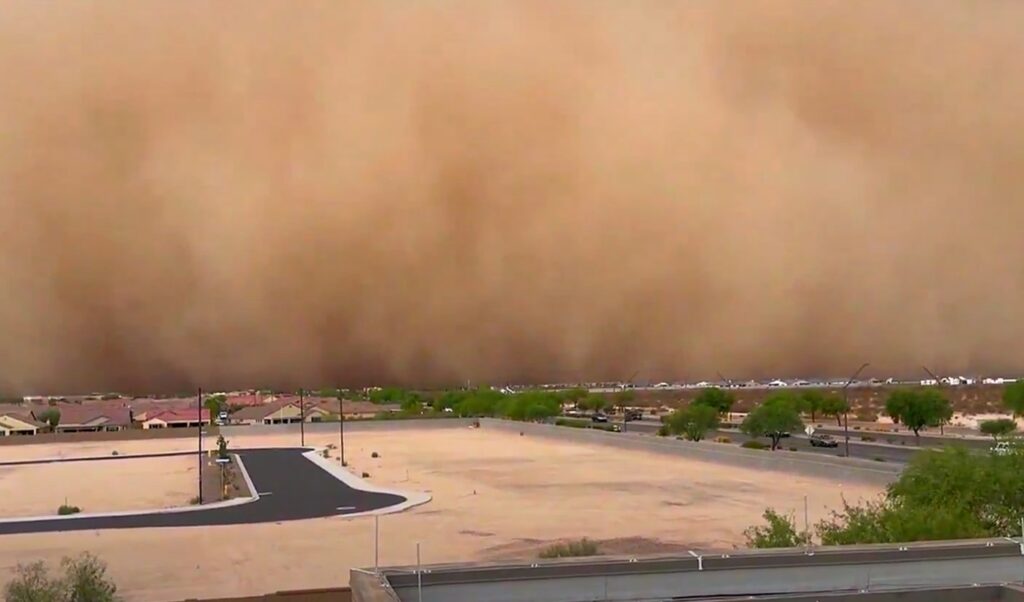A powerful storm that hit Phoenix in the United States on Monday resulted in a towering wall of dust that reached the city’s metro area on Monday. According to reports, the sky darkened, power was cut and dozens of flights were canceled at one of the country’s busiest airports, Phoenix Sky Harbor. The phenomenon that shocked the US is known in the scientific community as a haboob.
Read: Arizona: Massive dust storm swept everything away (See images and video)
It should be noted that over 15,000 people were left without power, most of them in Maricopa County, which includes Phoenix, according to PowerOutage.us.
What is a haboob and why is it called that
According to the American Meteorological Society, a haboob is an intense sandstorm or dust storm caused by strong winds, with sand or dust often rising to heights of up to 1,500 meters. The result is the creation of a “wall of dust” along the haboob. There is usually an immediate and significant reduction in visibility and increase in wind speed after the passage of a haboob, which can last from a few minutes to several hours.
Haboobs are often caused by atmospheric gravity or density currents, such as thunderstorm outflow, but can also appear as a result of strong dry winds. Additionally, they regularly occur in arid and semi-arid regions of the world. Sometimes they leave behind huge amounts of sand and/or dust.
The name comes from the Arabic word habb, which means “to blow”. The term “haboob” originated as a description for windstorms and dust storms in central and northern Sudan, particularly around the Khartoum area, where the average number is about 24 annually, with the most frequent occurrences from May to September. However, the term is now commonly used to describe any sandstorm or dust storm caused by wind in arid or semi-arid regions around the world.
Where else have we encountered similar dust storms
According to records by American scientists, haboobs have been observed in the Middle East (mainly in the Arabian Peninsula), in the Sahara Desert, in central Australia and in the arid regions of southwestern North America, from the Sonoran Desert of northwestern Mexico and Arizona to the western parts of the Great Plains of the United States.




